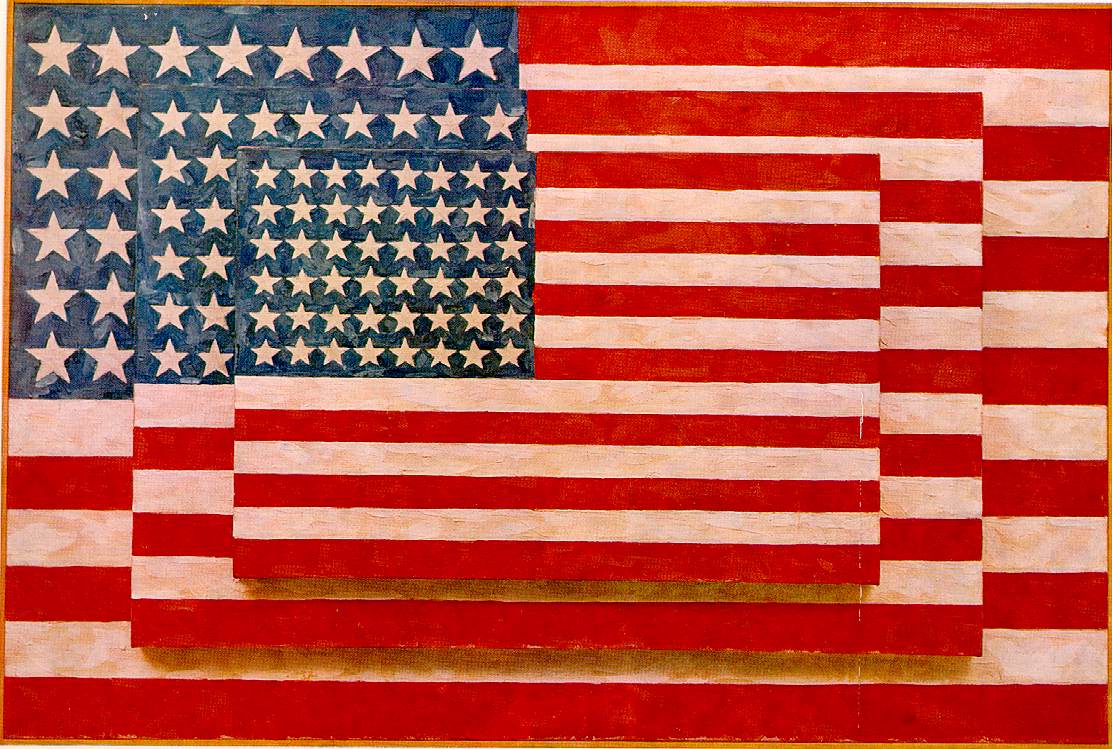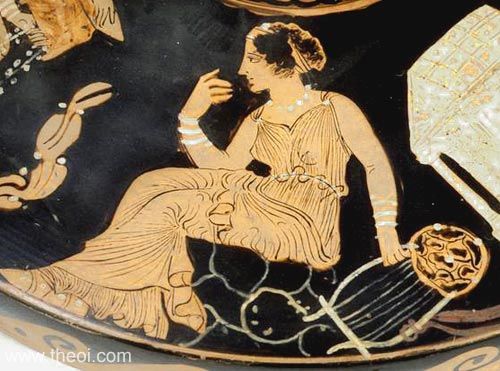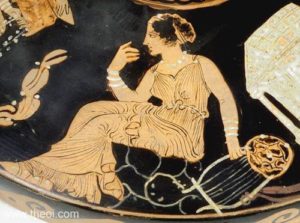
THE NUMBER THREE IN AMERICAN CULTURE
By the late Professor Alan Dundes of the University of California at Berkeley

Students undertaking professional training in anthropology are rarely, if ever, required to formally study their own cultures. They must demonstrate competence in various topics and areas, but these do not normally include materials from their own cultures. They may be told that the identification and careful delineation of native categories may be crucial to a fuller understanding of that culture which they investigate, but their own native categories, the identification of which is equally important for an understanding of another culture, may not be considered at all. With our present knowledge of the cultural relativity of perception and cognition, it seems clear that students of anthropology should be encouraged to analyze their own native categories with the same care and methodological rigor that is demanded of them in their fieldwork in other cultures. If the reduction of ethnocentric bias is truly an ideal of anthropological scholarship, then anthropologists should go into the field with as comprehensive an understanding of the nature of their own culture as possible.






























